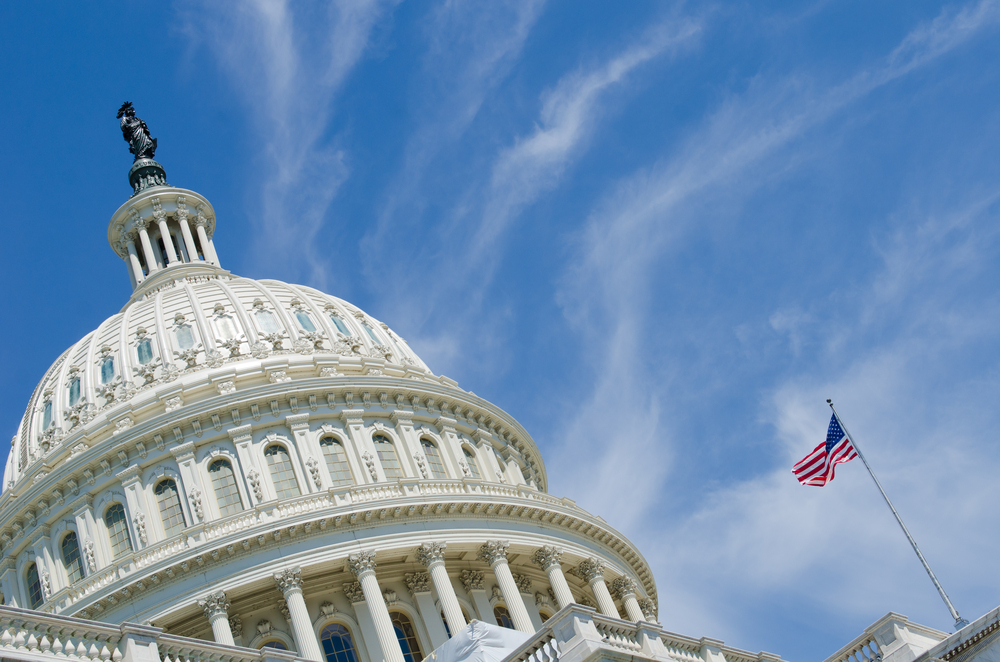Building Energy Codes Fact Sheet

Building Energy Codes Fact Sheet
Most stakeholders in the energy community are strongly opposed to amendments pushed by the builder and wood industry lobbies. Their amendments would establish adverse precedents by setting a federally mandated return on home investments, enacting a flawed cost-effectiveness methodology, and overruling the expertise of local officials who know what is and is not cost-effective and technologically feasible in their markets.
- The amendments are detrimental to sound national energy policy in three specific areas:
- They weaken the process of certifying state and local code adoption submissions;
- They limit authority of the Department of Energy (DOE) to support building energy codes; and
- They establish a confusing and unprecedented Federal ROI requirement, known as “simple payback.”
- Local code officials rejected builder/wood industry efforts to roll back historic gains in the efficiency of America’s model energy code, the International Energy Conservation Code (IECC).
- Simple Payback is a flawed and inappropriate metric for a typical home buyer. According to a July 2015 Analysis by ICF International,[1] simple payback:
- Fails to recognize the useful life cycle of efficiency measures – a “critical omission.”
- Fails to consider important financial elements – such as the ways Americans buy homes, changes in fuel costs and energy bills, discount rates, and tax impacts.
- It is not applicable to homes financed through long-term mortgages.
Today’s homebuyers want more efficient homes: A 2013 NAHB survey of home buyers found that 9 out of 10 Americans will pay 2-3% more for a new home with permanent energy efficiency features.
Homes and commercial buildings are America’s largest energy consuming sector. As such, Congress has both a role and a responsibility to encourage states to adopt and enforce the building energy codes that boost energy security, stabilize energy demand, and generate thousands of dollars in utility bill savings for residents.
- America’s homes and commercial buildings consume 71% of America’s electricity, 54% of its natural gas, and 42% of all energy.
- Congress – under Republican and Democratic leadership – has repeatedly enacted laws establishing Building Energy Codes as a key element of sound National Energy Policy.
- Acting under federal statutes, DOE encourages and supports state and local adoption of the IECC, or energy codes that meet or exceed it.
- Recent efficiency gains due to stronger Building Energy Codes have actually stabilized U.S. electricity demand, reducing the need for new power plant construction.
The code development process that updates America’s model energy code (the IECC) isn’t broken and doesn’t need “fixing” by Congress. . . . It is sound, transparent, collaborative, and has produced significant results that has benefitted all Americans.
- The IECC is neither federally nor internationally developed. It is the collaborative work product of our nation’s local and state governments.
- The process of updating Building Energy Codes is open to all participants and is democratic:
- The International Code Council’s IECC development process lasts almost a year, and includes key milestones that ensure public participation, transparency, and collaboration between the local officials, the construction community, design professionals, and others.
- Once a new IECC update is published, the U.S. Department of Energy must make a positive determination that the new code will improve energy efficiency in residential buildings.
- A favorable DOE determination on the new IECC triggers a 2-year clock, during which states review the new code and decide if it is appropriate to revise its building code to meet or exceed its energy efficiency levels.
- Updated building energy codes are not enforced until state or local jurisdictions actually enact them into law.
- Currently, 39 states, DC and numerous local jurisdictions have adopted the recent model codes.
All Americans benefit from the construction of more efficient homes and commercial buildings, and energy codes are the most effective tool for reducing building energy use and incorporating new technologies and practices that are proven and readily available.
Benefits of Building Energy Codes
Owners/Occupants: | More disposable income for home owning families. Reduced energy bills from homes built to the 2012 or 2015 IECCs add tens of thousands of dollars to homeowners’ wallets after recouping the added cost of efficiency improvements in one or two years. These are real savings from lower energy bills . . . Net annual savings ranging from $218 to $1,588. Energy efficient homes are better built, more comfortable, quieter, and have higher resale values. Low-income housing advocacy groups like Habitat for Humanity document fewer foreclosures from efficient homes. |
Ratepayers: | Stable demand means stable energy costs for consumers. Reducing a community’s energy demand helps Main Street businesses, and even owners of inefficient homes, by stabilizing demand, and subsequently pricing, of energy. |
US Businesses: | Enhanced Competitiveness. By improving U.S. energy use per unit of GDP, building energy efficiency boosts America’s competitiveness. |
National Energy Security: | Sound Energy Policy. Reducing wasted energy from homes & commercial buildings has already had a long-lasting, positive impact on reliability of electricity generation and sound national energy policy. As Duke Energy CEO Lynn Good told the Financial Times, “Improvements in energy efficiency for buildings and appliances appear to have broken the traditional connection between electricity demand and economic growth.” |
[1] “Methodological Comparison of Cost-effectiveness of IECC Residential Energy Codes,”
ICF International; July 21, 2015
STAY EMPOWERED
Help the Alliance advocate for policies to use energy more efficiently – supporting job creation, reduced emissions, and lower costs. Contact your member of Congress.
Energy efficiency is smart, nonpartisan, and practical. So are we. Our strength comes from an unparalleled group of Alliance Associates working collaboratively under the Alliance umbrella to pave the way for energy efficiency gains.
The power of efficiency is in your hands. Supporting the Alliance means supporting a vision for using energy more productively to achieve economic growth, a cleaner environment, and greater energy security, affordability, and reliability.



